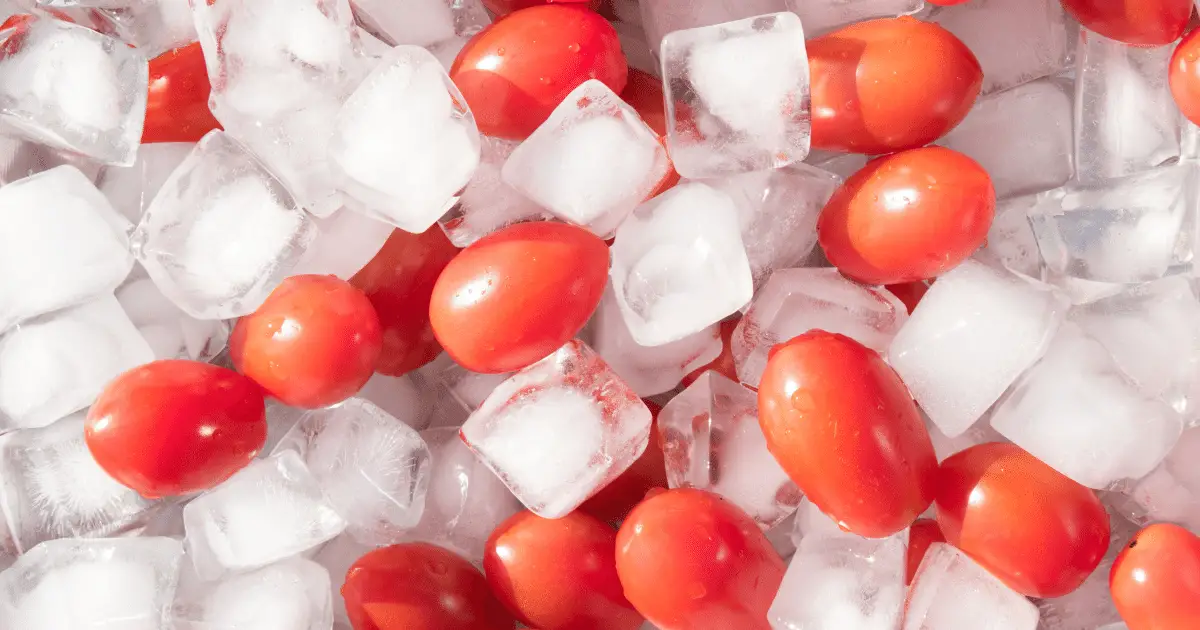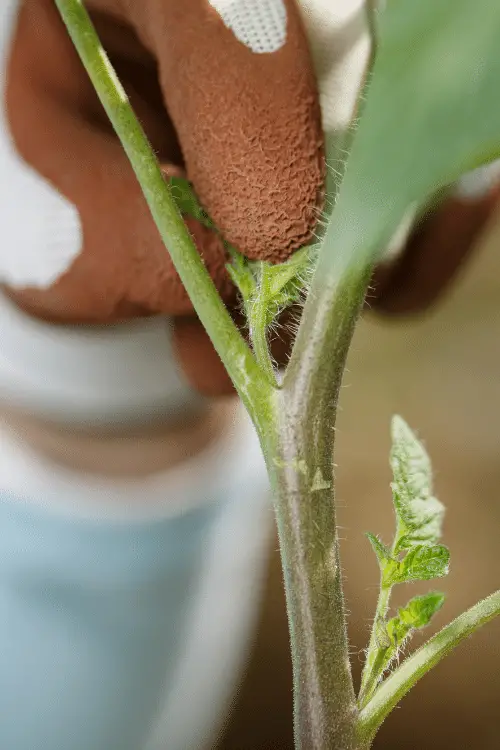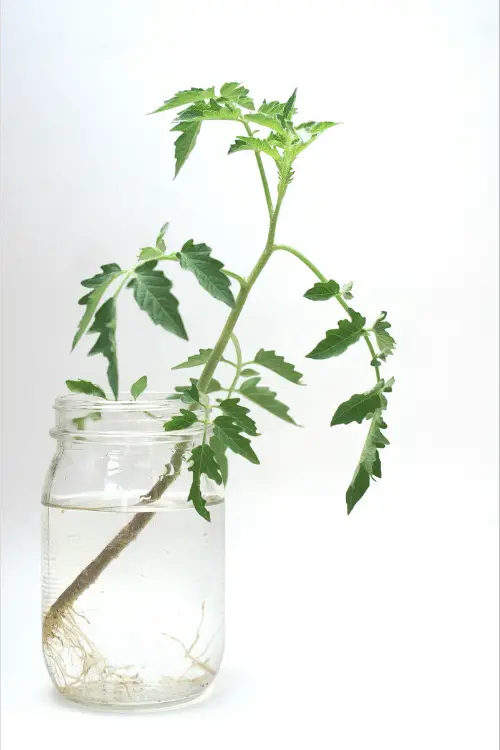
What To Do With Tomato Plants In Winter
Can Tomato Plants Survive Winter?
So you’ve grown a good crop of delicious tomatoes this year and the idea of just letting them die off over winter seems like a massive waste and now you find yourself asking ‘Can tomato plants survive the winter?’
Well with the right level of care and thought it is entirely possible to overwinter tomato plants but unless you live somewhere with very warm winters then you’re going to have to bring the plant indoors.
But how can I bring my tomato plant inside for the winter I hear you ask – it’s four feet tall and three feet across! Quite simply we don’t overwinter tomato plants as a whole, as who has the room to do this, so what we do is to take some small cuttings and move them indoors whilst allowing the main plant to die back.
By using this method and following our guide below, you will find that overwintering tomatoes is actually pretty simple.
If you’re looking for general advice on tomato growing then you should take a look at our article Growing Tomatoes.
Are Tomatoes Perennial?
Do tomato plants die in winter – No, they don’t. So does this then mean that tomato plants are perennial? The simple answer to this question is yes, tomatoes are perennials and what this means is that they don’t simply die off once their fruits have been harvested.
However, the more complicated answer is that they will only really grow as perennials in their native climates in Central and South America and everywhere else they are treated as annuals – that is to say that once their fruits have been harvested they are dug out or left to perish in cold weather.
So the next question should be can tomato plants survive winter indoors and what do I need to do? This is where our overwintering comes into action. By following a simple process we effectively turn our plants back into perennials by using cuttings and providing them with some extra care.
If you’re not sure what perennials, biennials and annuals are then check out our article HERE.
Why Overwinter Tomato Plants?
Overwintering tomato plants gives you a huge head-start on the growing season and if that sounds a little daunting then remember that in reality, we’re only overwintering tomato cuttings. If you take proper care of your cuttings then they will have developed an excellent root system and will have already grown quite large by the time the last frosts have passed. This means once you plant them out they should thrive.
There is obviously also the additional bonus that these are basically free plants so there’s no buying seeds or seedlings.
My experience has always been that I end up with a much larger plant and larger crop of tomatoes from my overwintered plants.
What To Do With Tomato Plants In Winter?
Growing tomatoes in winter starts with choosing the plants you want to work with which, beyond being the variety you want, should be your strongest and biggest plants.
Now look for some ‘suckers’ which are the shoots that have grown out between the stem and a branch. You want a healthy looking sucker that’s about 6 – 12 inches in length with no obvious signs of any issues on the leaves.
Take a sharp knife and cut off one of these suckers as close to the base as possible whilst angling the cut. Take 3 or 4 cuttings for each plant, you want to overwinter, just in-case some of the cuttings don’t take.

Now with each of your tomato suckers, remove and discard any leaves within the lower 4 inches and place the cuttings in a jar of water deep enough to cover about the lower third of it. Place your jar of cuttings in a sunny spot on a windowsill or in a conservatory and leave it there, changing the water once a week and just ensuring the level doesn’t drop between changes.

After a few weeks little white roots should start to become visible on the submerged sections of the cuttings and that means it’s now time to plant them individually in pots.
Pick a good sized container, fill with a good quality potting soil mix and then plant your cuttings individually in them, ensuring they are deep enough to cover all of the root system. I personally always go with pots that are at least 7 inches across but often go even bigger as the primary concern here is strong root development. So even if you have a big pot and get a load of root growth at the expense of foliage growth, this is not an issue as you have plenty of time for the foliage to catch up later and don’t have to worry about upping pot size prior to planting out. Keep in mind though that if you’re planning on transferring the plant from the pot when you plant it out later, don’t go so big that it becomes a nightmare to handle.
Caring For Your Overwintered Tomato Plants
Keep your newly planted tomato cuttings in the sunniest and warmest spot you can find, ideally the brightest windowsill available and treat it just as you would any seedling you are growing.
Whilst you need to take care not to let your cuttings start to droop from lack of watering, you also need to take care not to overwater and keep the soil too wet as this can cause fungal and rot problems.
You can feed the cuttings every couple of weeks with a fairly weak, Homemade Organic Liquid Fertilizer or a general purpose commercial liquid fertilizer.
If your leaves become dry and brown then this is likely a case of too much sun or too much fertilizer so problem solve by stopping fertilizing to begin with.
If your cuttings take properly then they will grow quite considerably before it’s time to plant them out so you will you will need to provide them with some level of support such as a cane to keep them growing upright. You will also likely need to prune the plants as they will start to spread so simply decide on an overall limit to how big you want it to grow and then keep pruning it back once it goes beyond it.
And that is about all that it takes. As the last frosts pass, you should have healthy and vibrant plants ready to be planted out and provide you with an amazing crop of delicious tomatoes. As you transfer your new tomato plants into their final position then you can mix in some granular, general purpose fertilizer. You can find more information on choosing a fertilizer HERE.
So now if any one asks “can you over winter tomato plants?” you know the answer and how to do it. You’re going to have to figure out what to do with them all!



